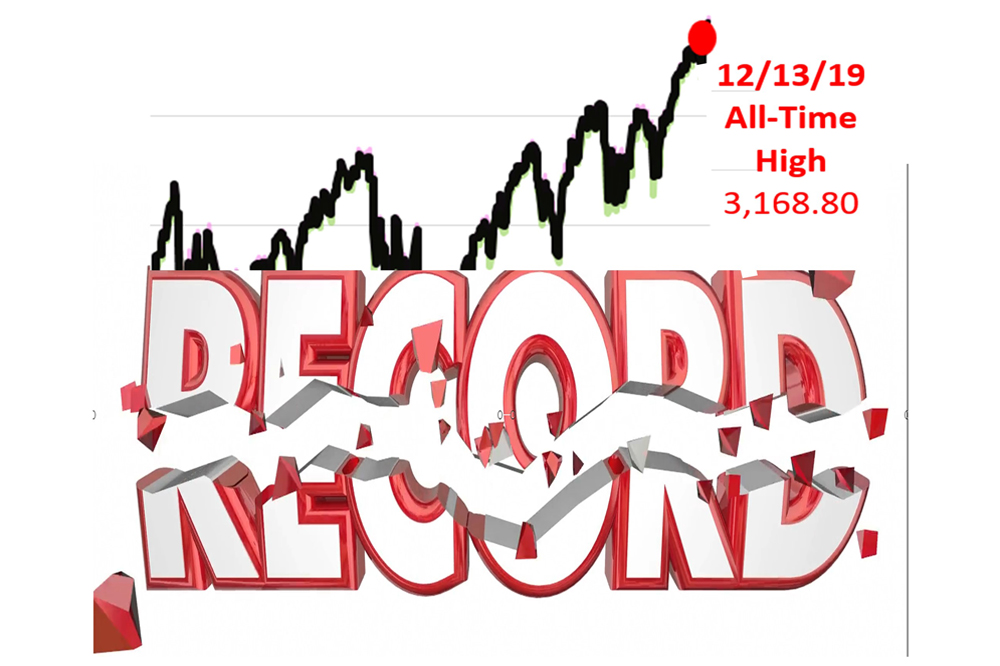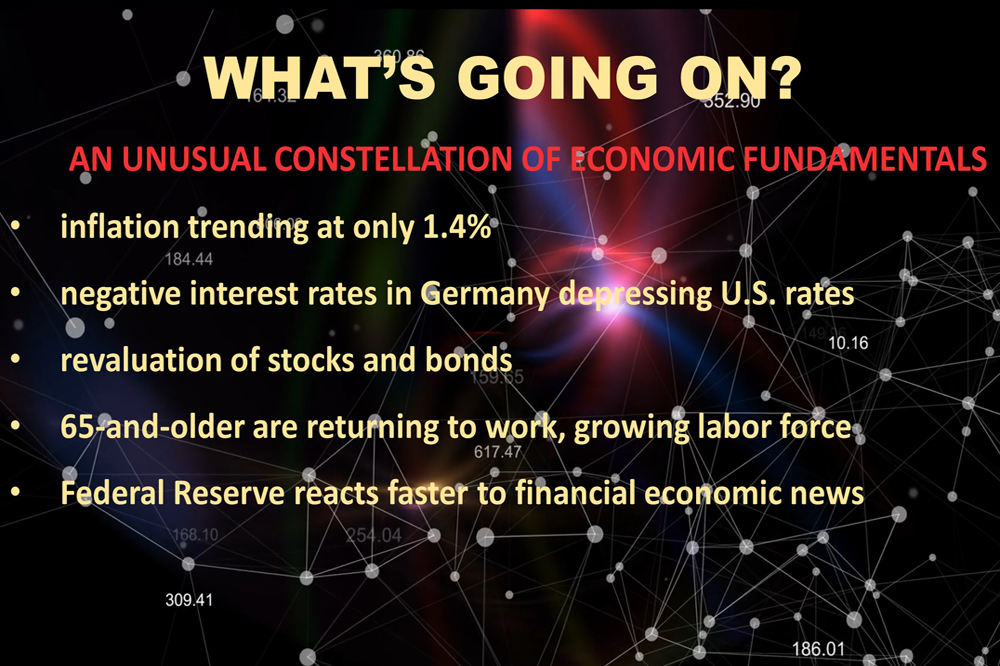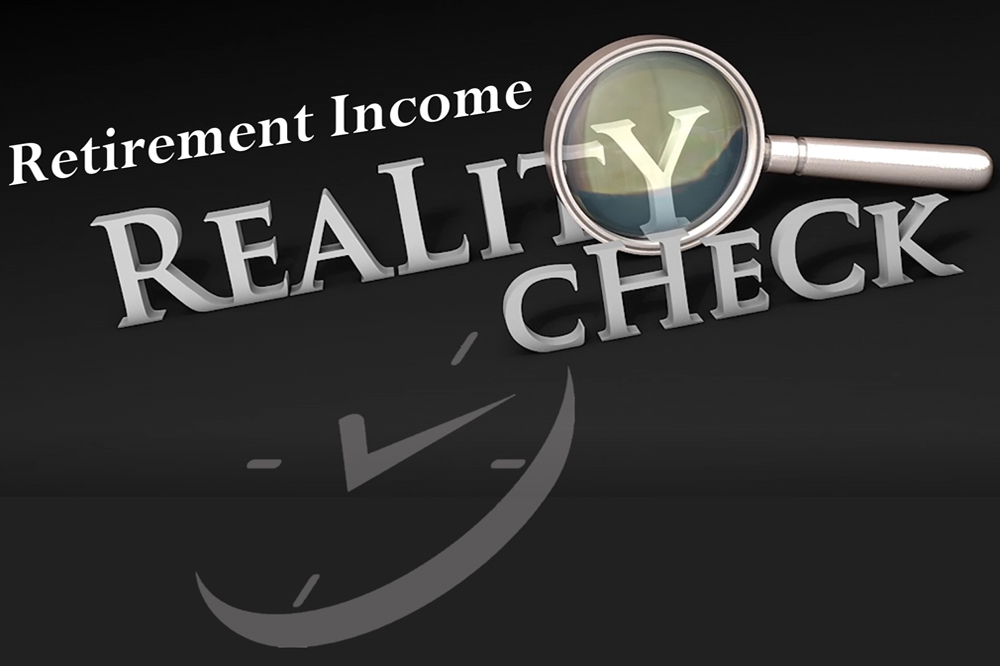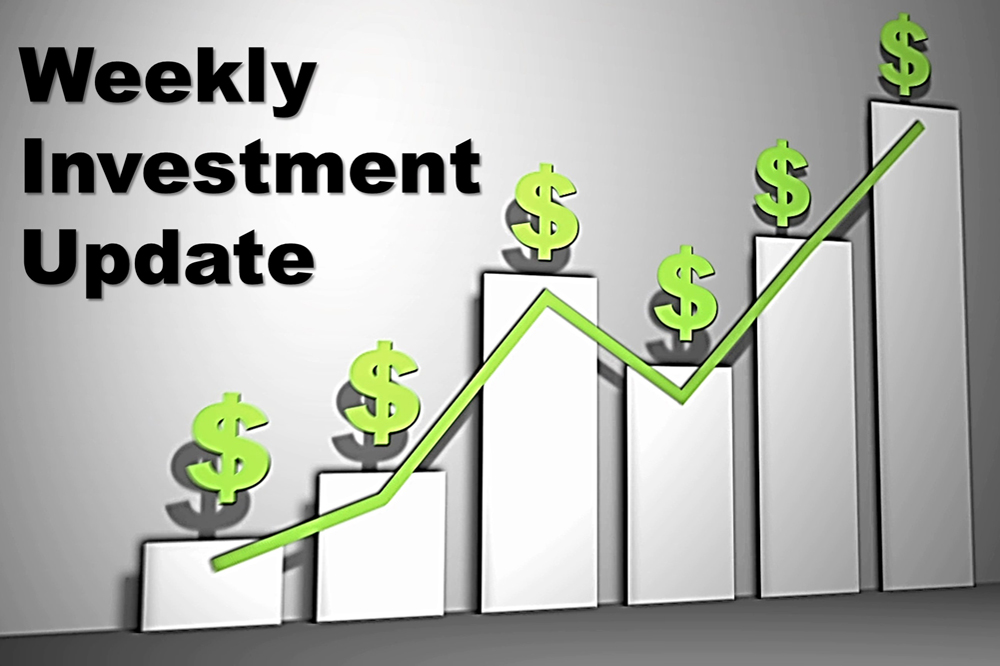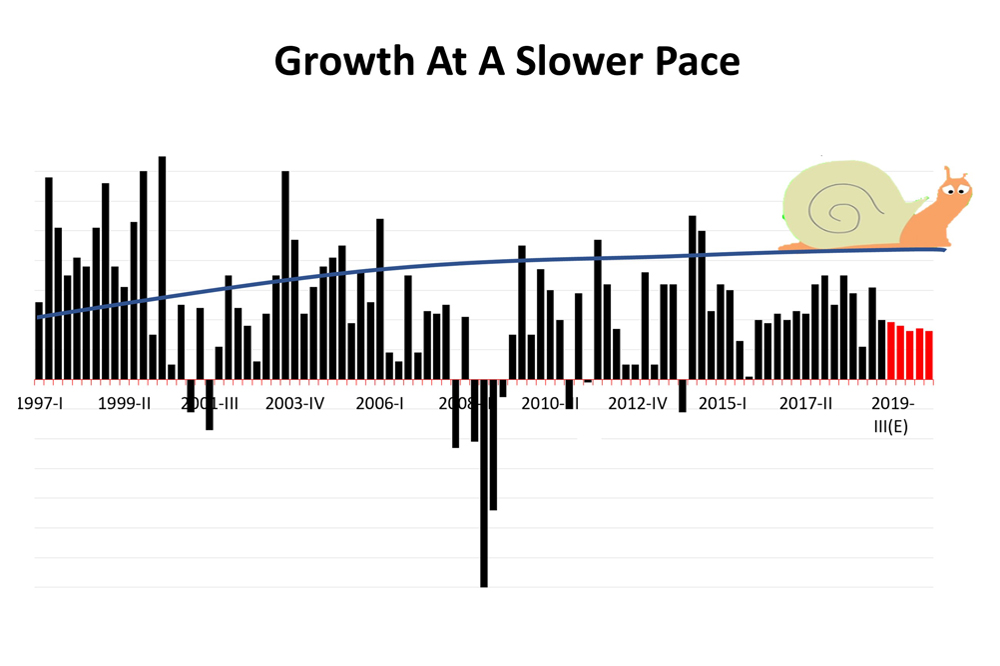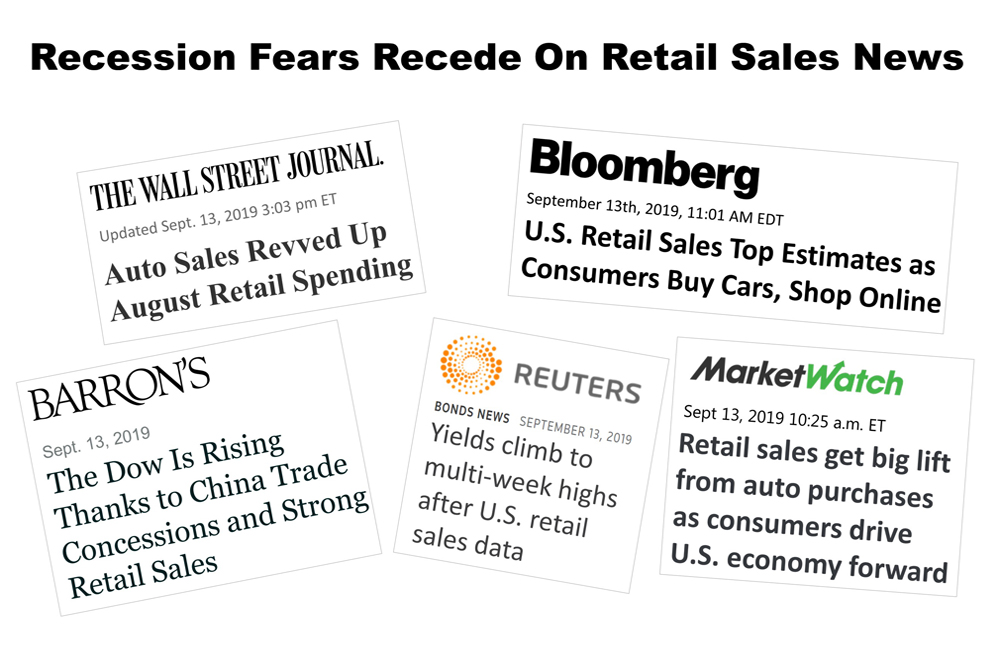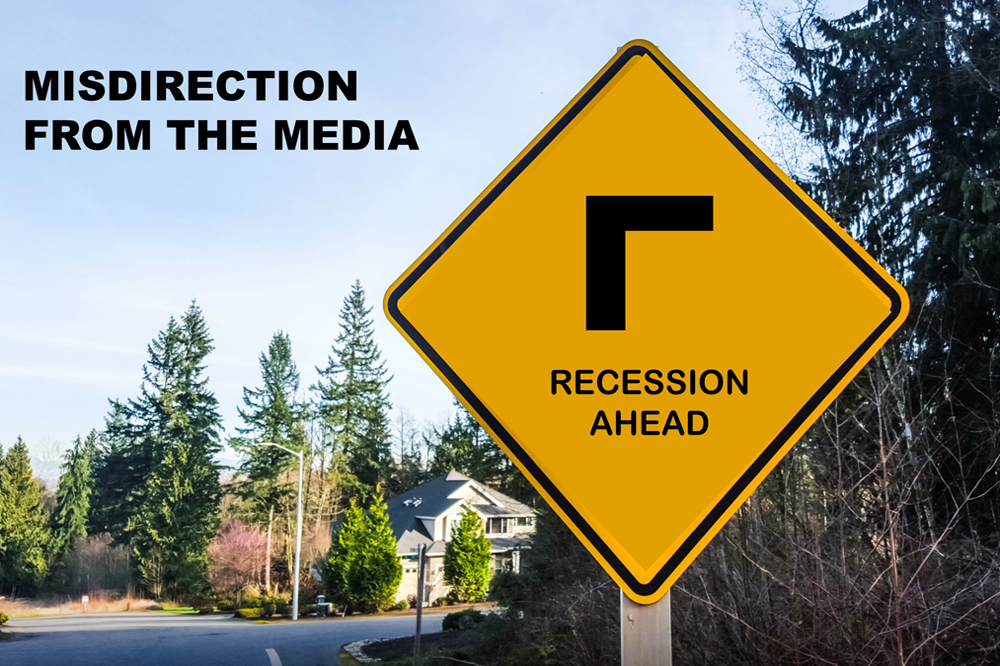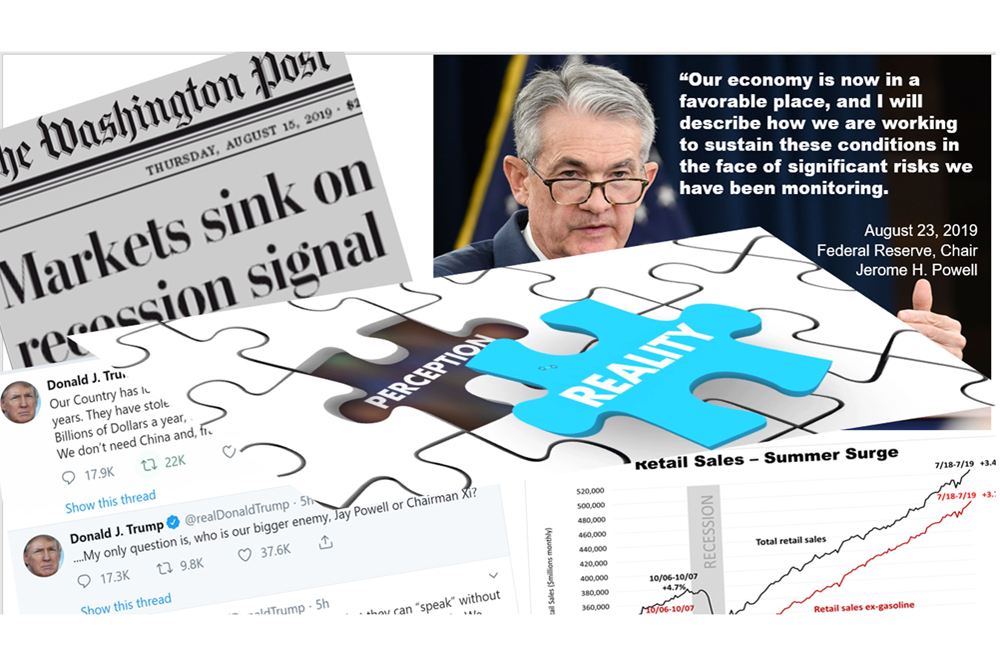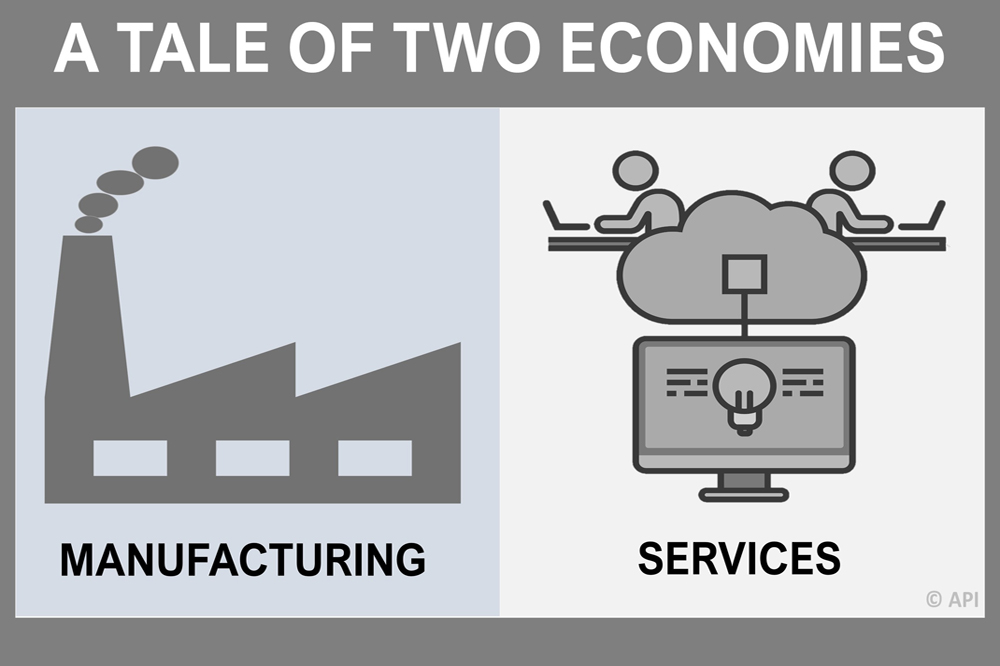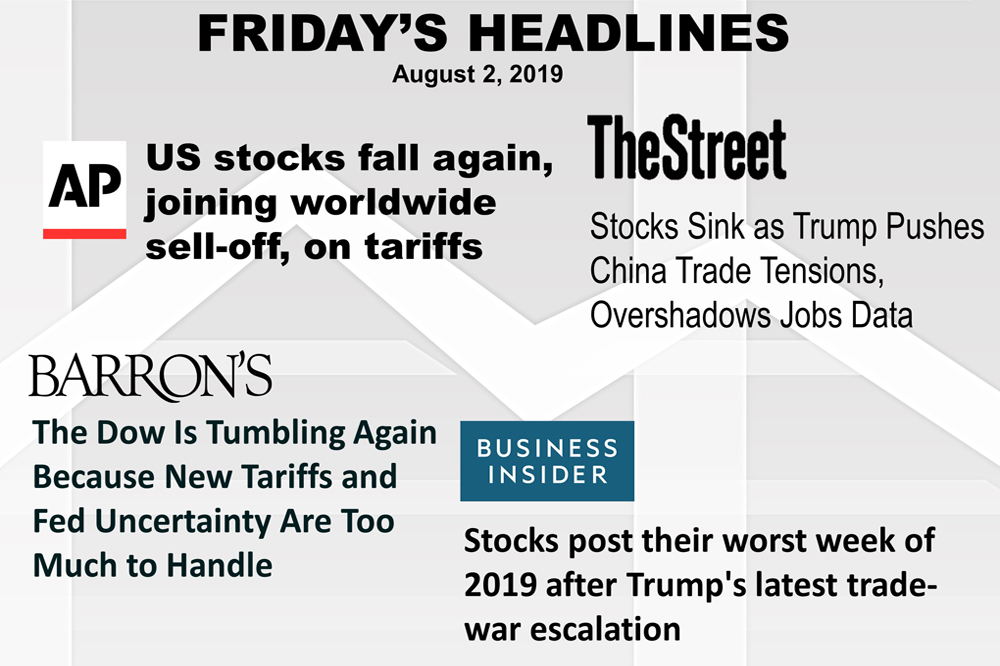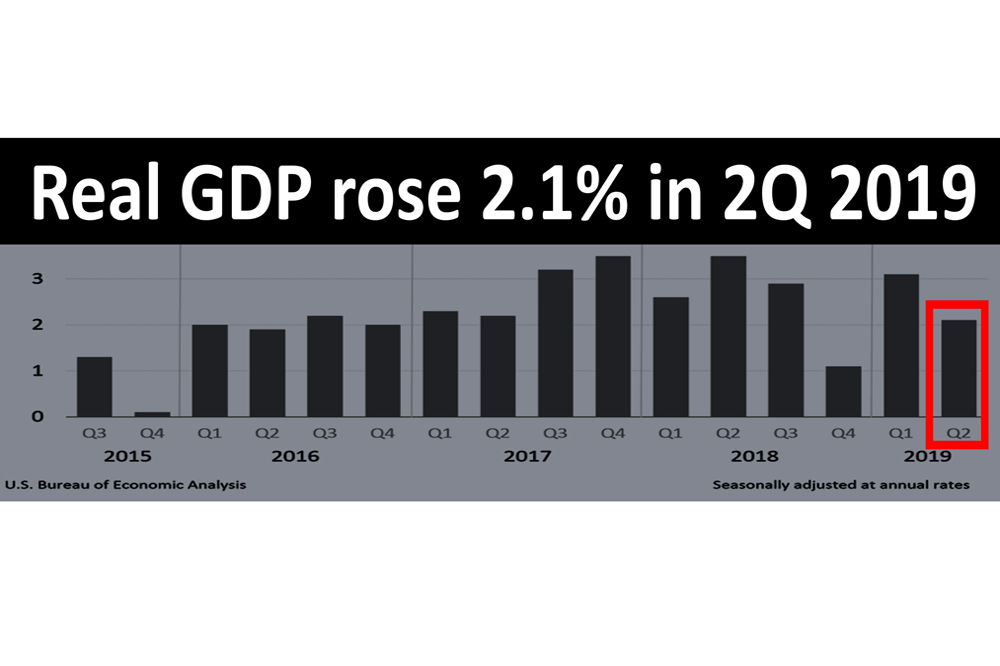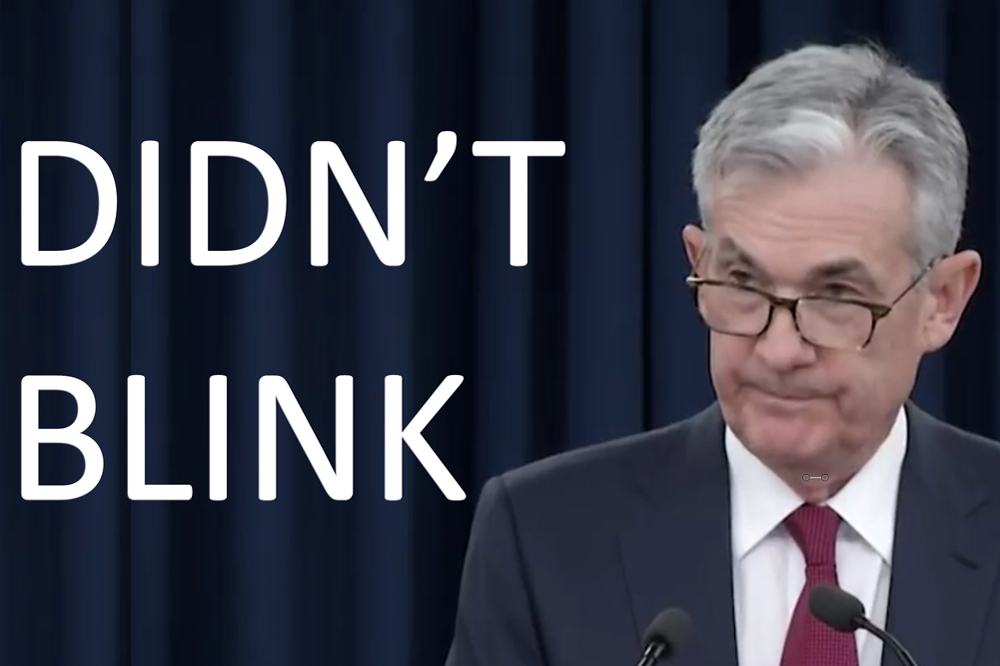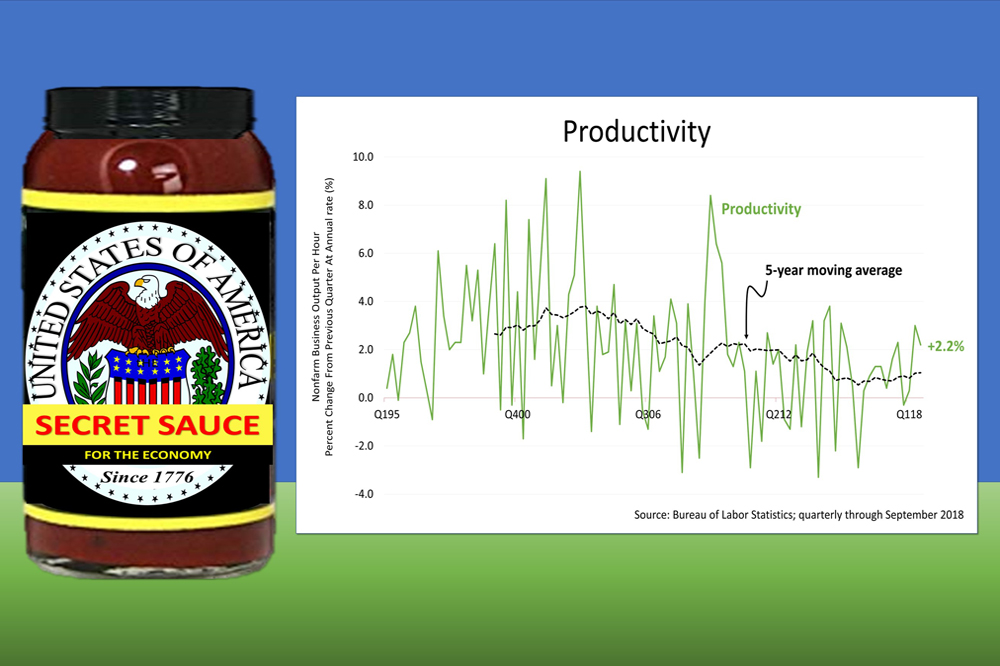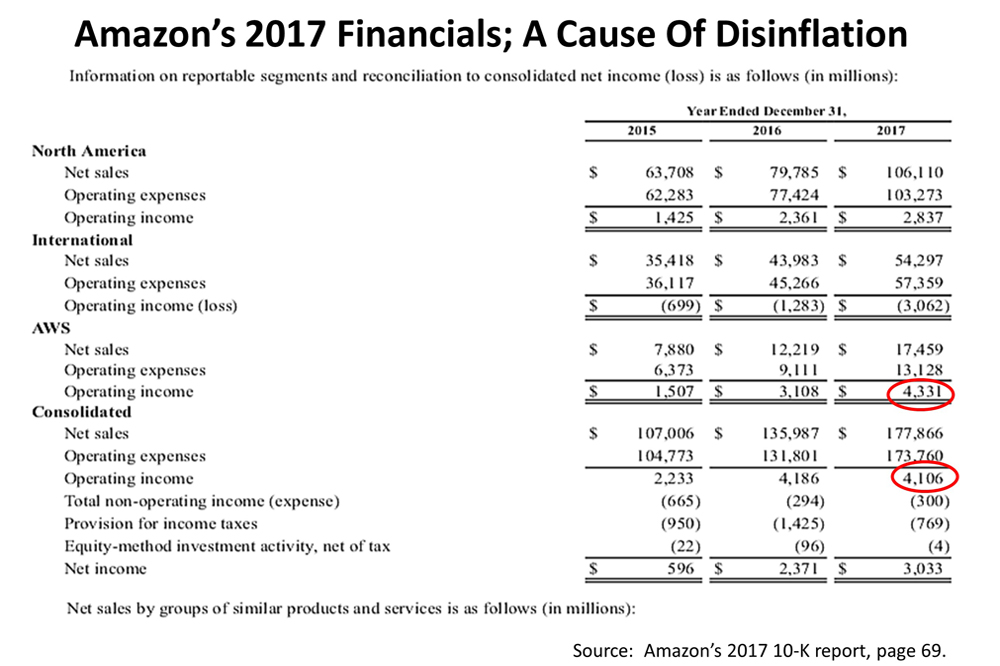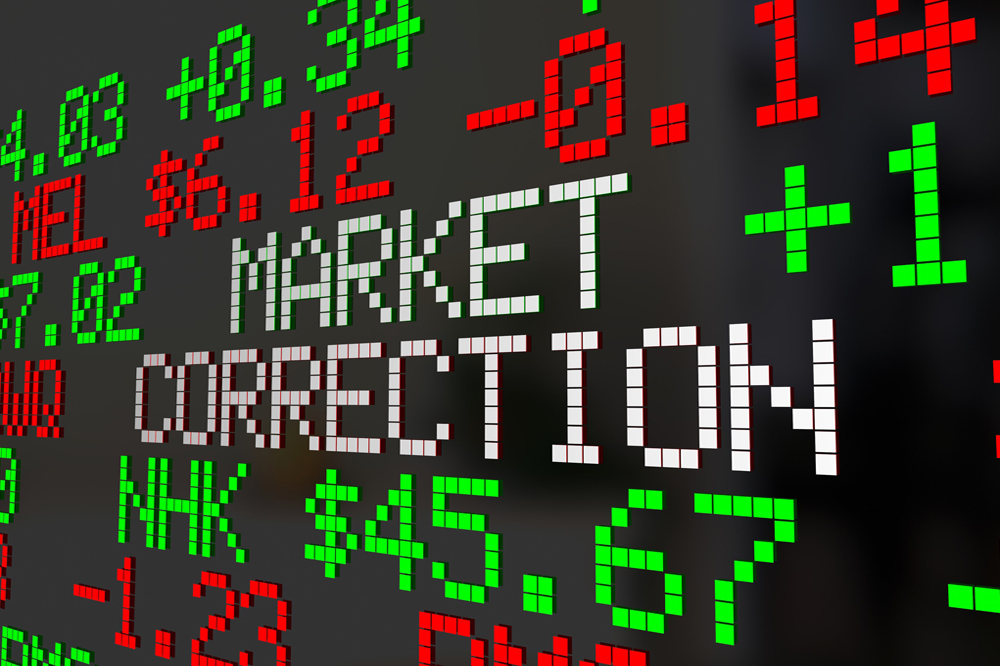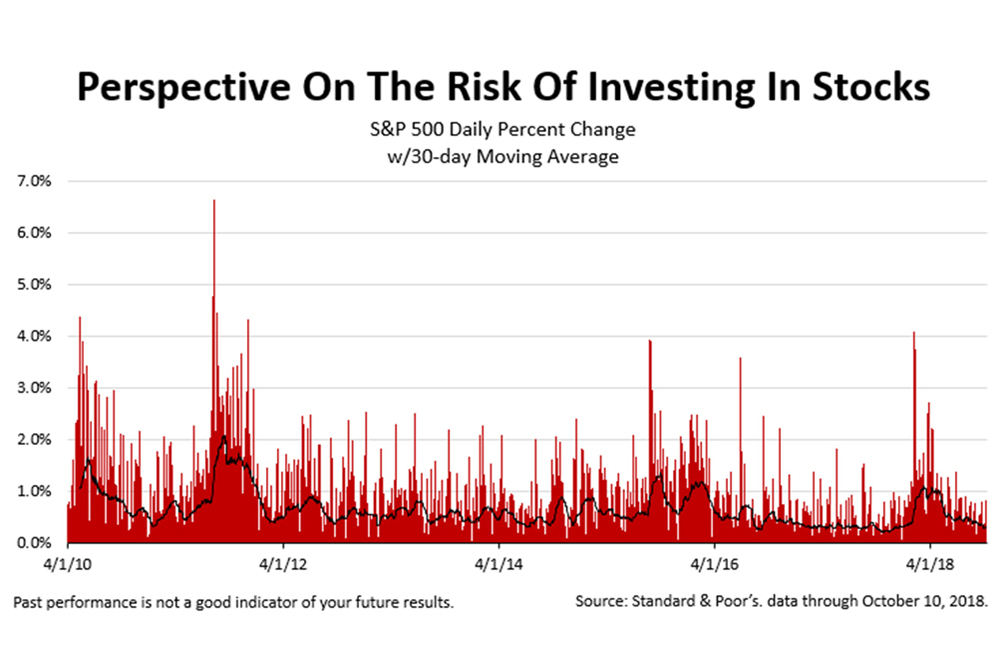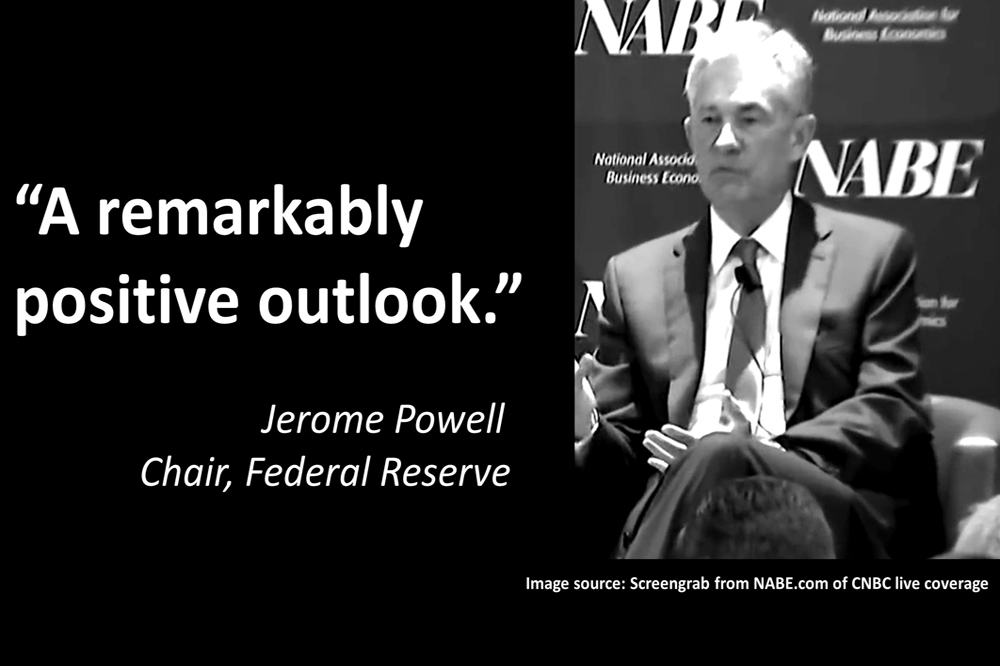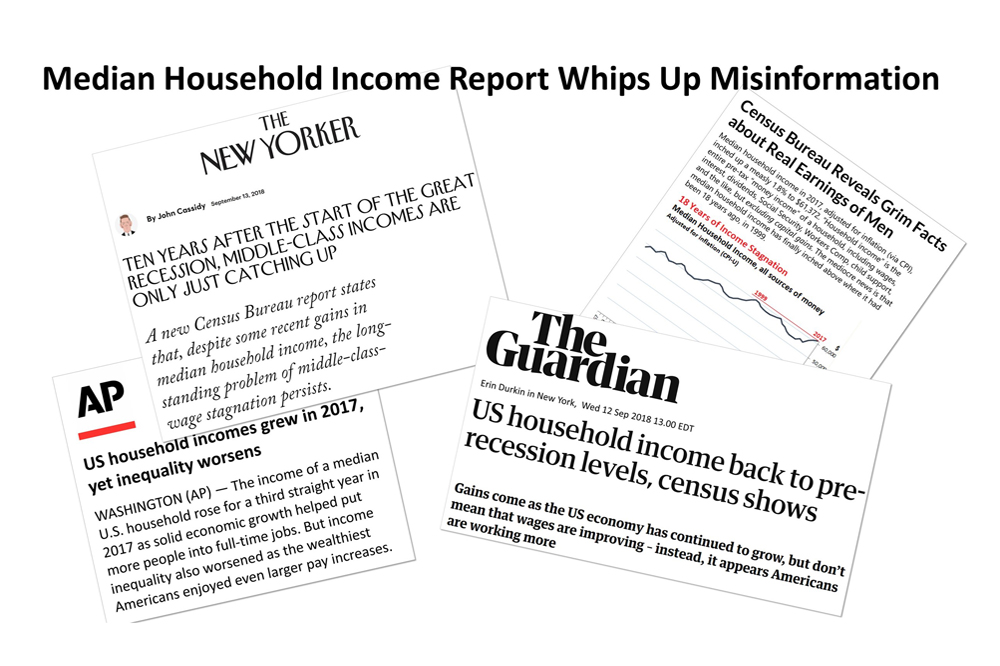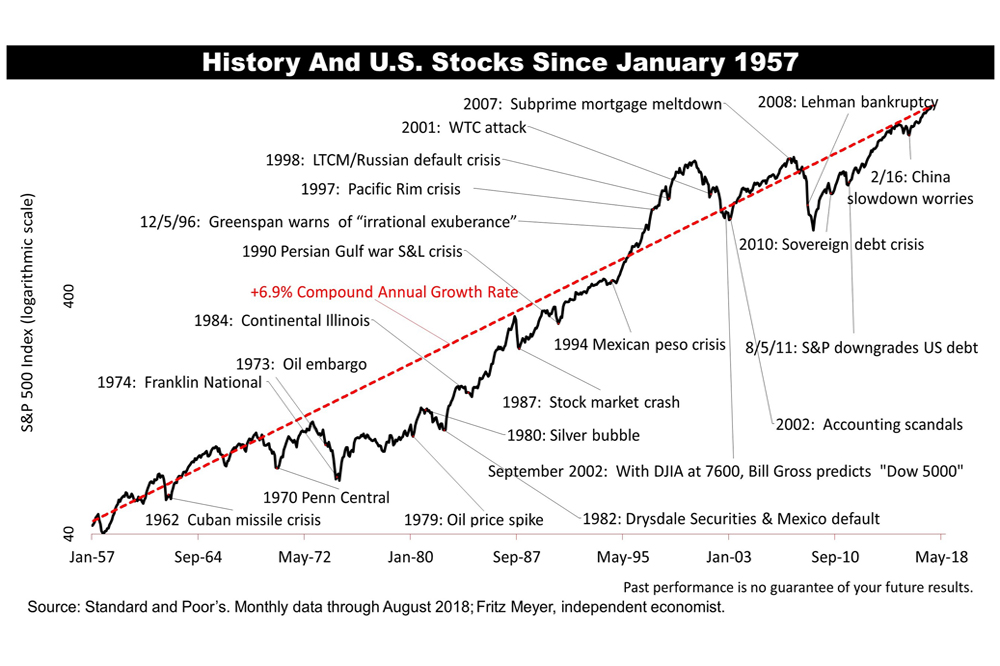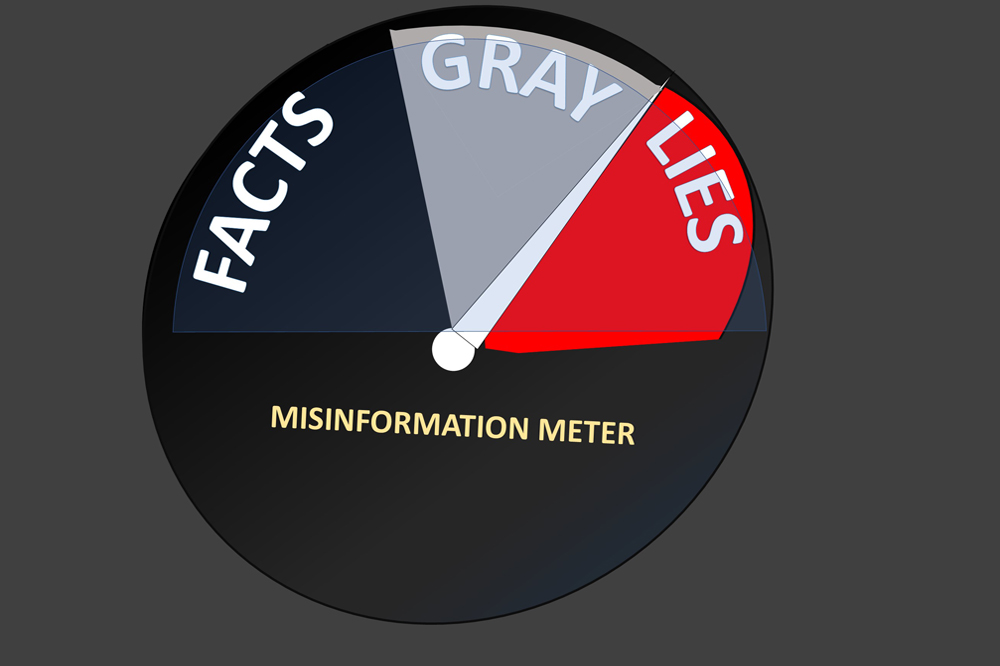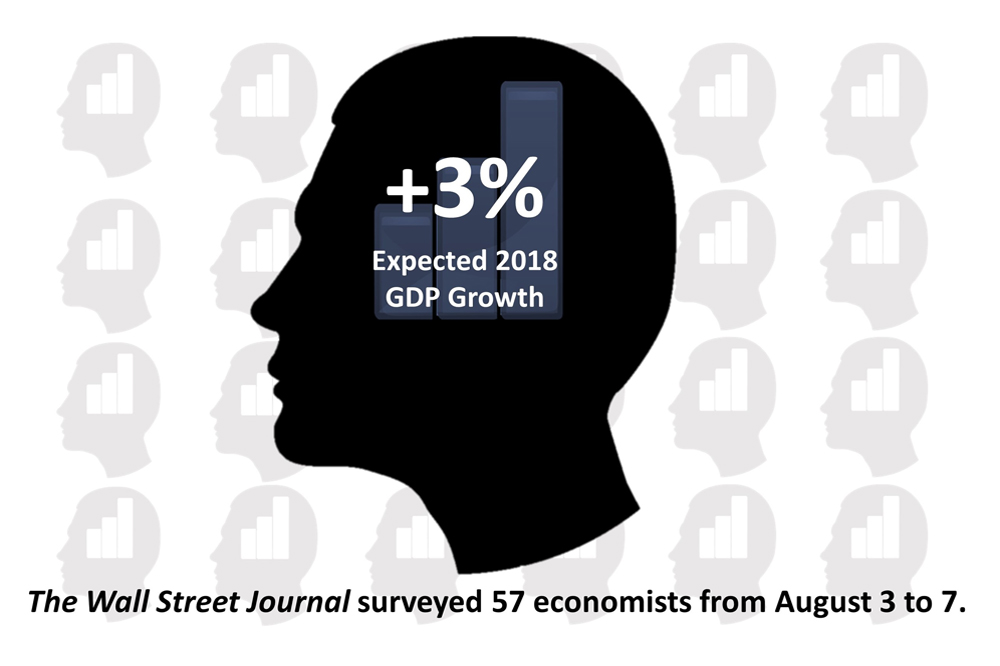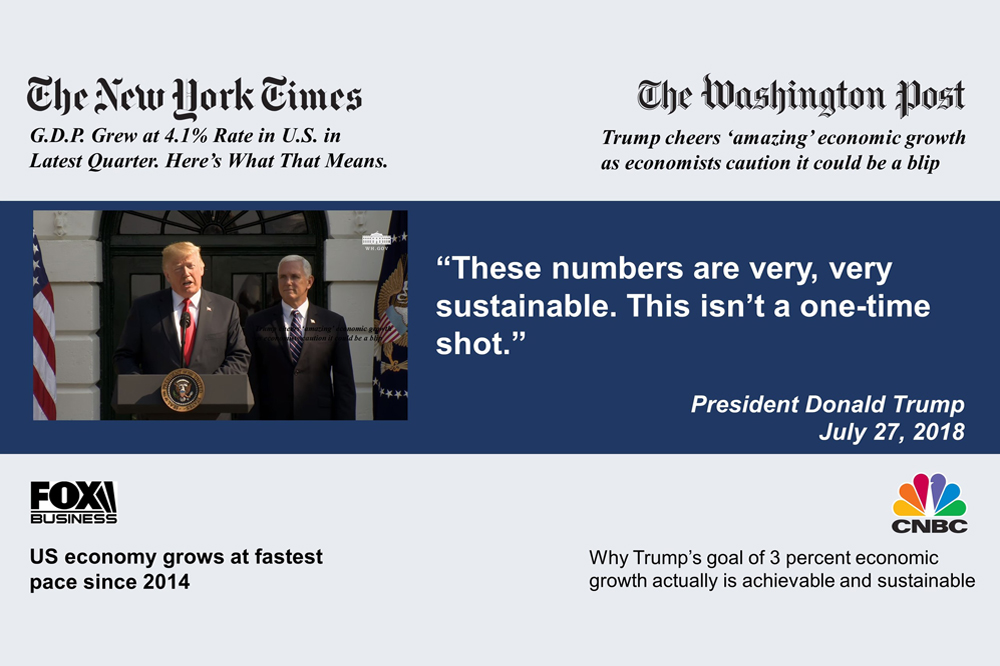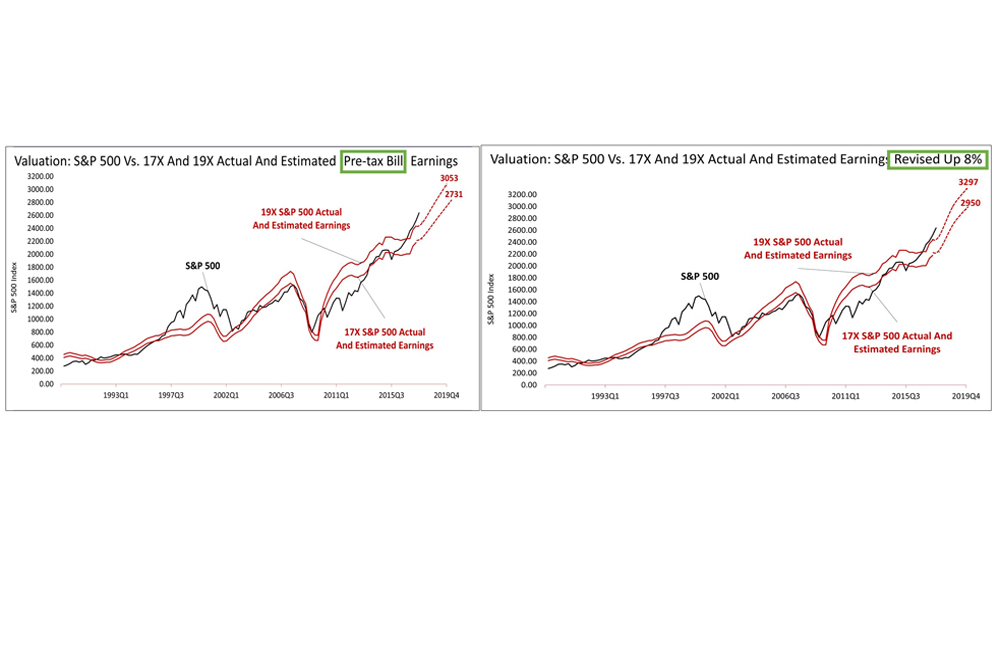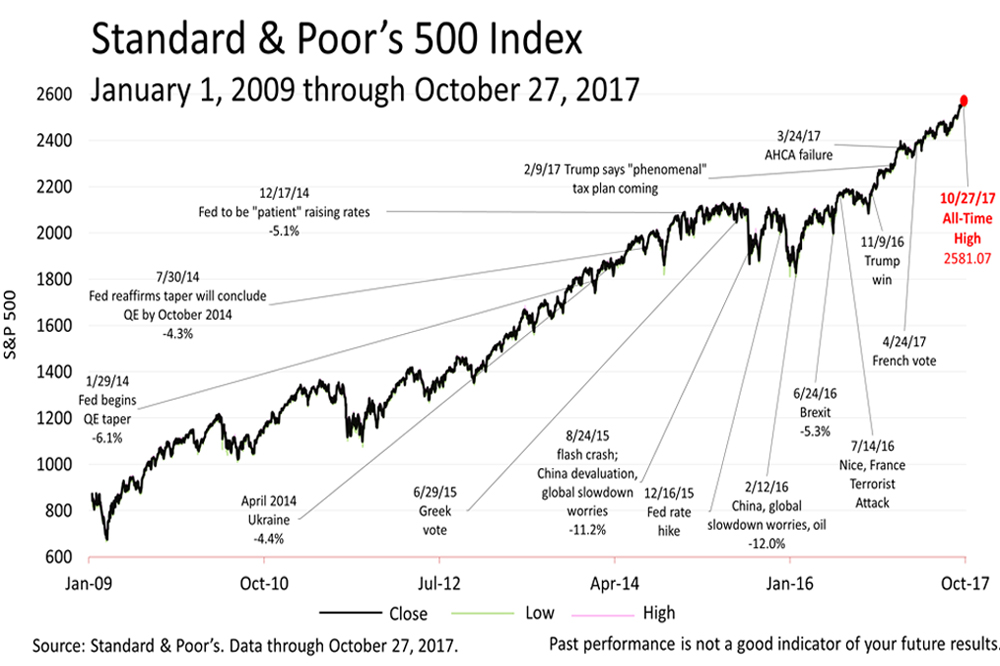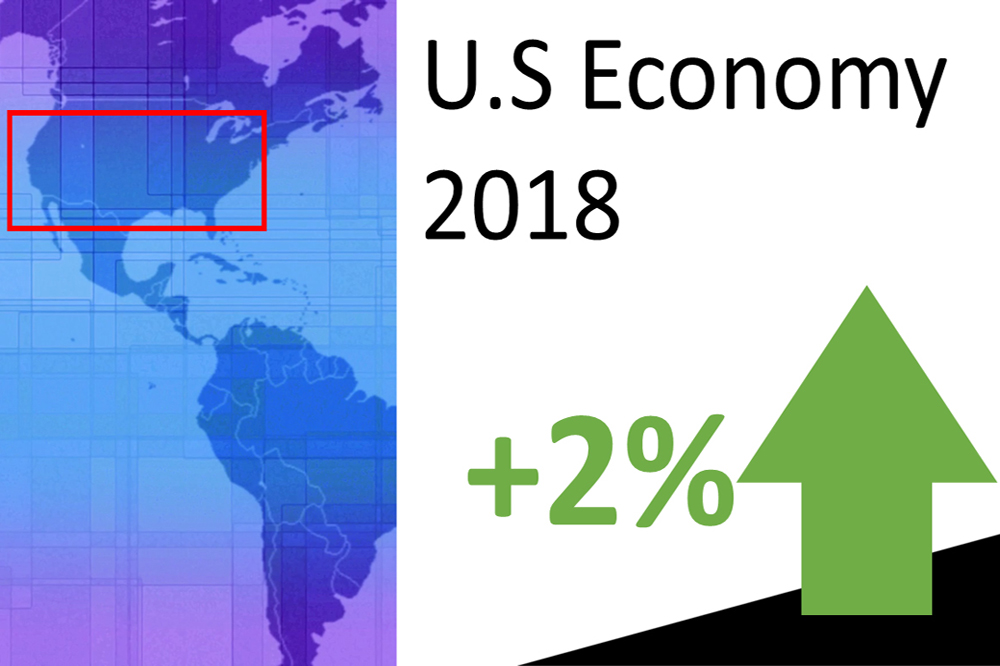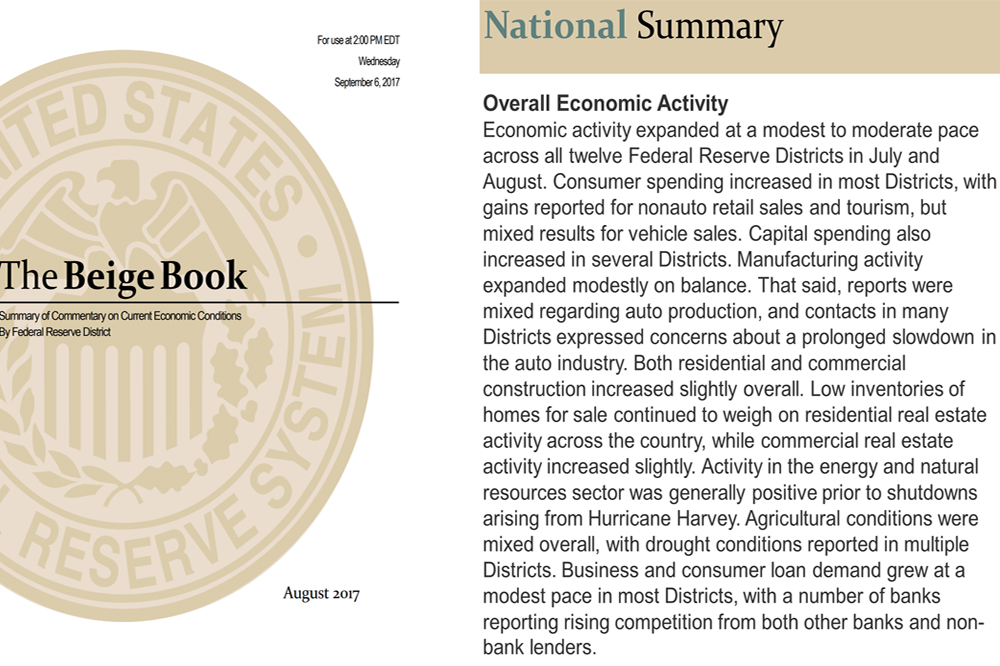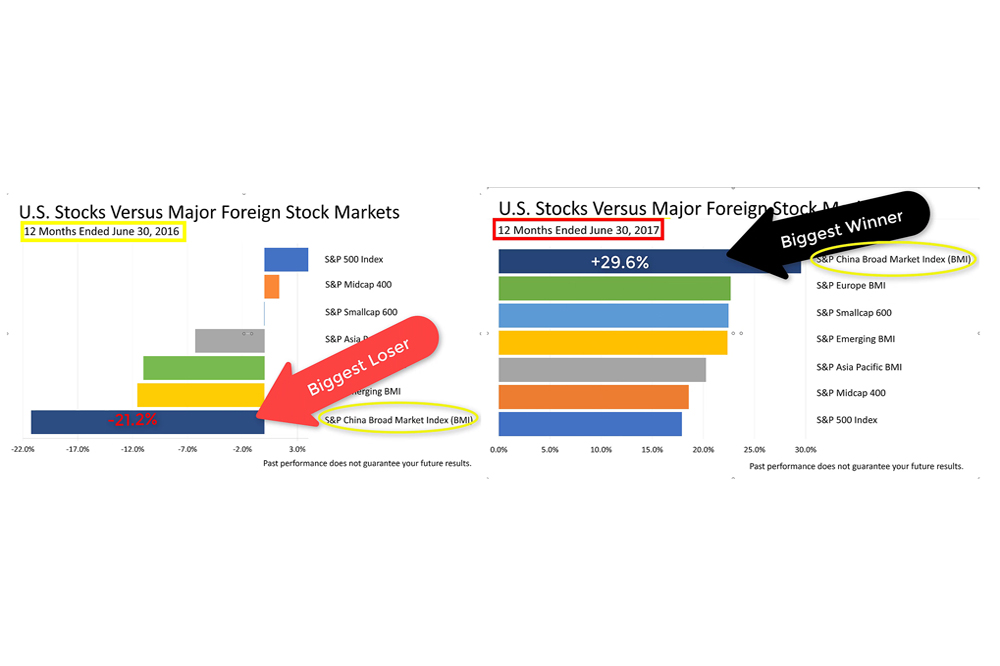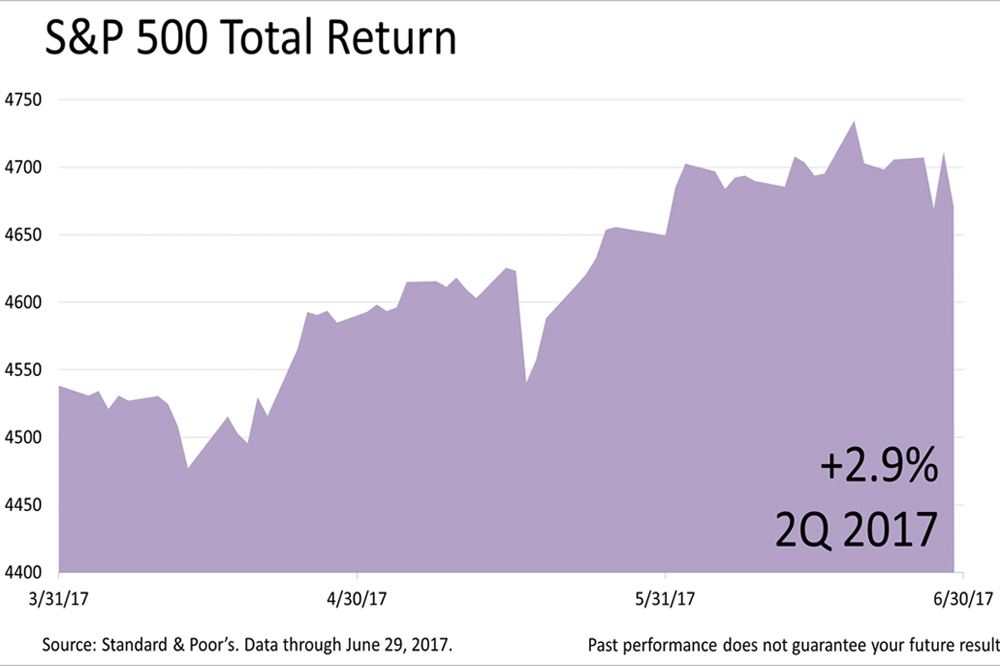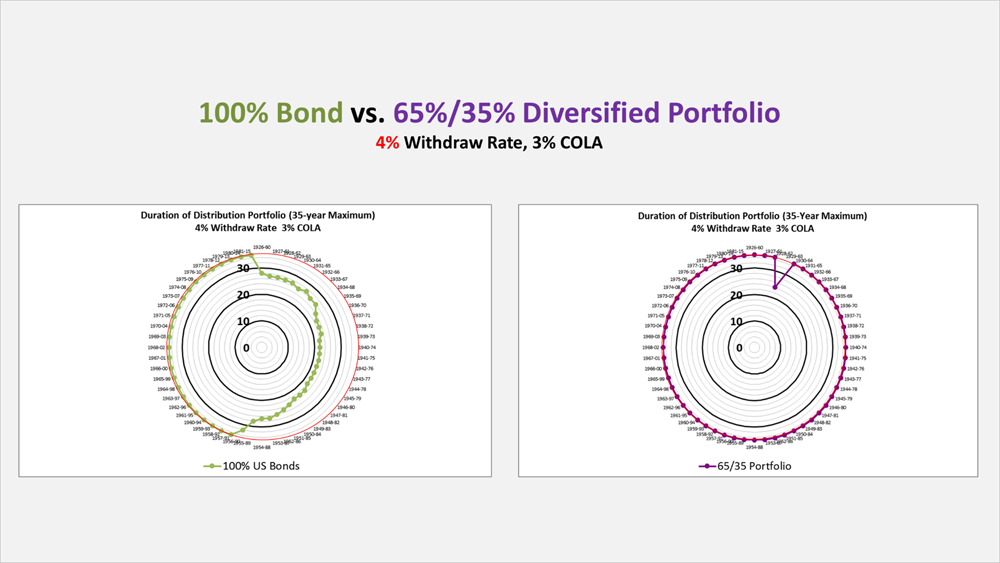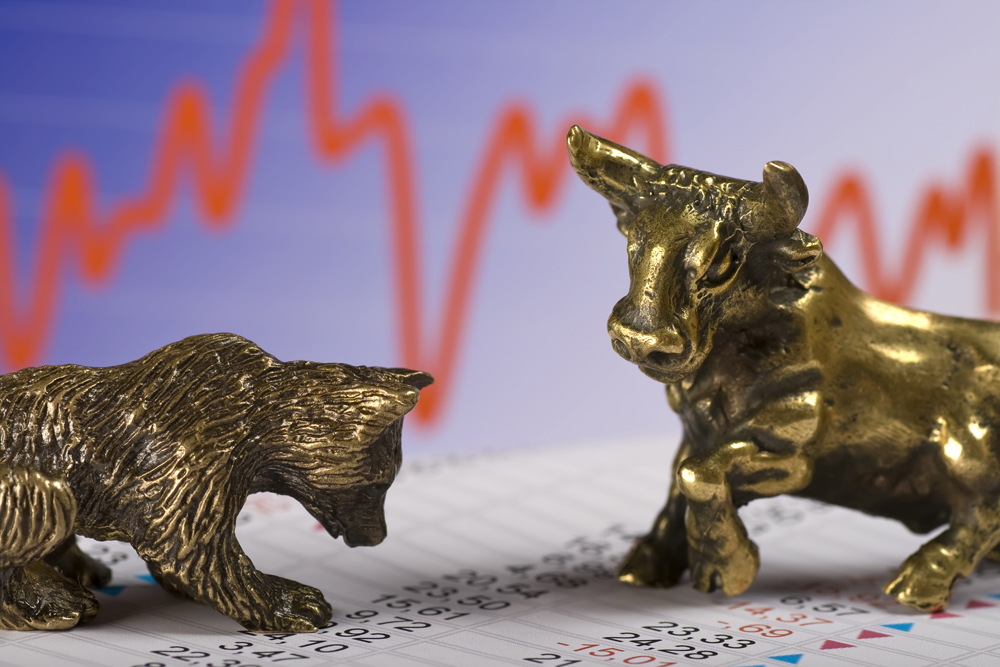The Paradigm Shift In Valuing Stocks
Published Friday, July 24, 2020, 8:15 p.m.
After the Covid-induced bear market, when the 500 largest stocks lost 34% of their value, share prices recovered swiftly. By late July 2020, America's largest public companies traded at nearly 20 times their previous 12-month reported profits, and suddenly fears grew that a stock bubble was about to burst.
While no one can predict the next stock-market move with certainty, what's clear is that the stock market's valuation metrics have changed with the financial times. Under the current regime of ultra-low-bond yields -- a condition not expected to change anytime soon -- a new stock valuation paradigm has taken root.
Low yields on bonds make stocks more attractive investments, altering the historical relationship in the respective valuations of the world's two most fundamental investments. A higher price-earnings multiple for stocks is therefore justified by low bond yields.
A price-earnings (P/E) multiple of 20 in a "permanently" low-inflation environment is different from periods of high P/E's in the past. This is precisely why financial ads always warn, "past performance is not indicative of future results." Current conditions make it seem obvious that the future will not look like the historical past.
To illustrate, during the tech stock bubble of 2000, when the Standard & Poor's 500 price spiked to nearly 30 times trailing 12-month earnings, the yield on a 10-year U.S. Treasury bond was 6%. Compare this to a recent 10-year bond yield of six-tenths of 1%. During the tech bubble, bonds yielded 10 times as much as they do now in the current environment! Furthermore, inflation during that period of sky-high stock valuations was more than 2%, versus one-half of 1% recently. And since inflation is not expected to spike higher any time soon, this keeps bond yields from rising.
In addition to this perceived shift in the stock valuation paradigm, modern financial markets differ from the past in another important way. In the U.S., since the 1980's expansion of individual retirement accounts and federally qualified retirement plans, American retirees and pre-retirees have grown into a permanent investor class. These individuals are incentivized by tax laws to stay invested for a lifetime. They are not so much concerned with the market's short-term gyrations. The hedge funds, Wall Street traders, and "hot money" investors are the proximate cause of much of the volatility, but their destabilizing behavior is widely ignored by the investor class as they recognize the slow, inexorable progress America's largest public-company investments represent.
The Standard & Poor's 500 stock index closed Friday at 3215.63, down a fraction from a week ago and 35.9% higher than its March 23rd bear market low.
Stock prices have swung wildly since the crisis started in March and volatility is to be expected in the months ahead.
Assets invested for life need not be influenced by the near-term risk of the virus crisis.
The Standard & Poor's 500 (S&P 500) is an unmanaged group of securities considered to be representative of the stock market in general. It is a market-value weighted index with each stock's weight proportionate to its market value. Index returns do not include fees or expenses. Investing involves risk, including the loss of principal, and past performance is no guarantee of future results. The investment return and principal value of an investment will fluctuate so that an investor's shares, when redeemed, may be worth more or less than their original cost. Current performance may be lower or higher than the performance quoted.
Nothing contained herein is to be considered a solicitation, research material, an investment recommendation, or advice of any kind, and it is subject to change without notice. It does not take into account your investment objectives, financial situation, or particular needs. Product suitability must be independently determined for each individual investor.
This material represents an assessment of the market and economic environment at a specific point in time and is not intended to be a forecast of future events or a guarantee of future results. Forward-looking statements are subject to certain risks and uncertainties. Actual results, performance, or achievements may differ materially from those expressed or implied. Information is based on data gathered from what we believe are reliable sources. It is not guaranteed as to accuracy, does not purport to be complete, and is not intended to be used as a primary basis for investment decisions.
This article was written by a veteran financial journalist based on data compiled and analyzed by independent economist, Fritz Meyer. While these are sources we believe to be reliable, the information is not intended to be used as financial advice without consulting a professional about your personal situation. Indices are unmanaged and not available for direct investment. Investments with higher return potential carry greater risk for loss. Past performance is not an indicator of your future results.
2024
-
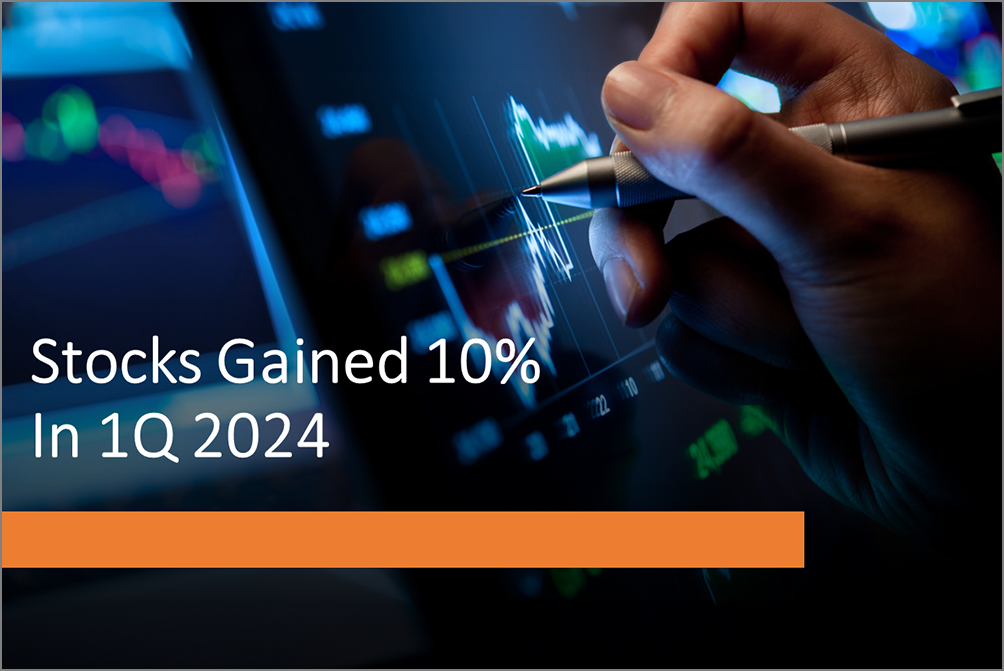 Stocks Closed At A Record High
Stocks Closed At A Record High
-
 Federal Reserve Projects Strong Growth
Federal Reserve Projects Strong Growth
-
 The Best People Were Wrong
The Best People Were Wrong
-
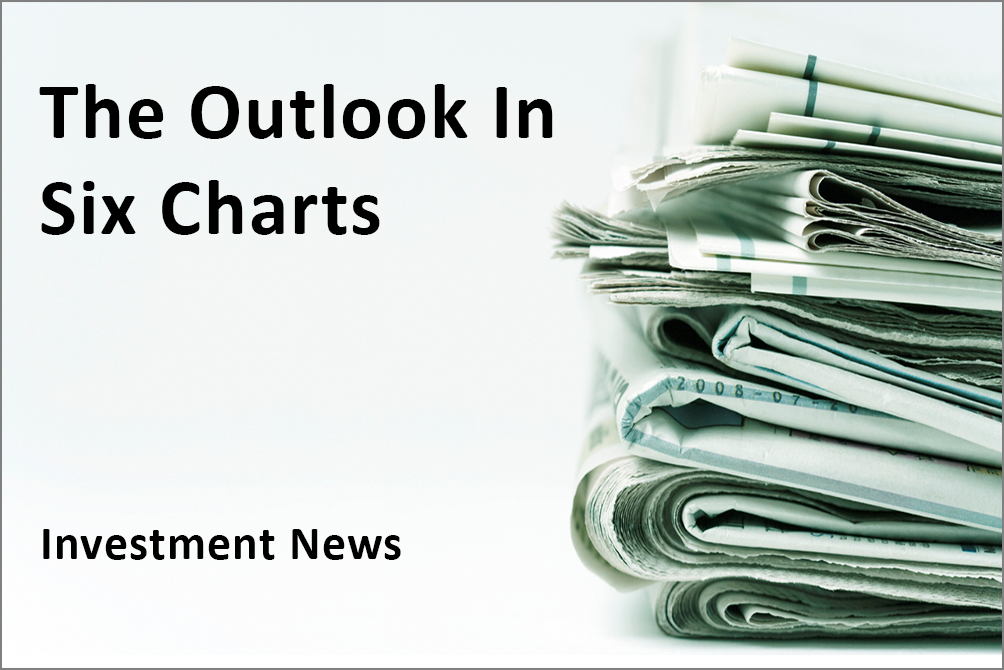 This Week’s Investment News In Six Charts
This Week’s Investment News In Six Charts
-
 U.S. Investor Picture Of The Week
U.S. Investor Picture Of The Week
-
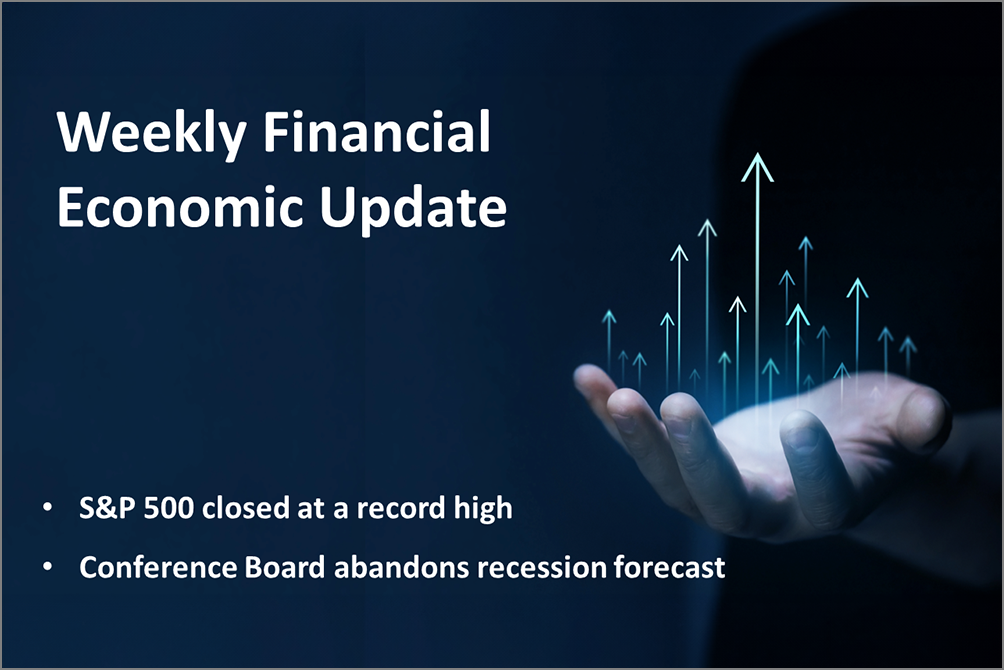 The Conference Board Backs Off Its Recession Forecast
The Conference Board Backs Off Its Recession Forecast
-
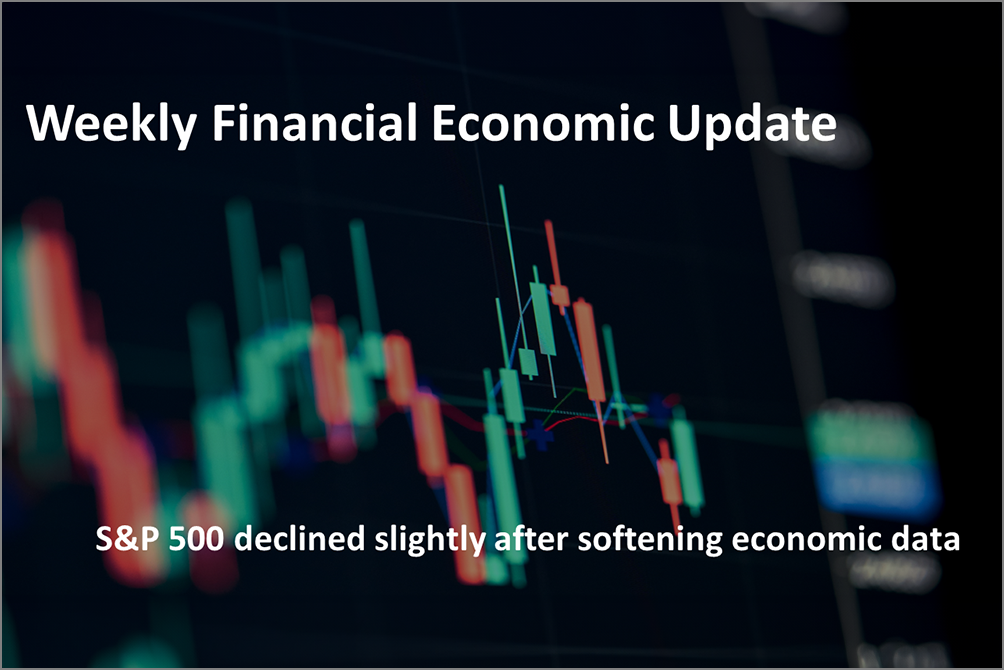 Softening Economic Data, Inflation Fears Dampen Stock Rally
Softening Economic Data, Inflation Fears Dampen Stock Rally
-
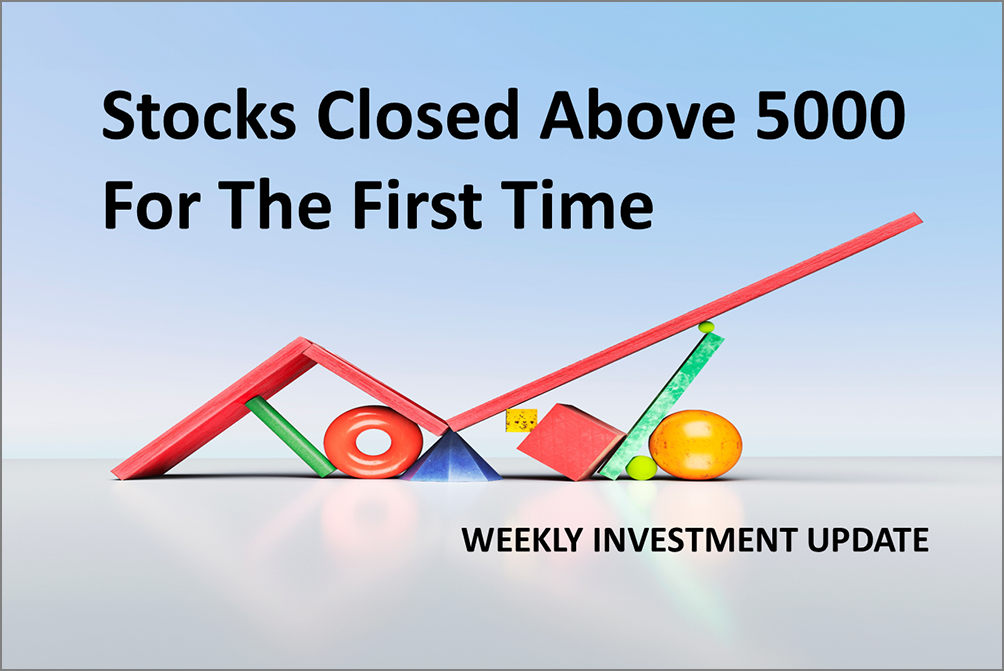 S&P 500 Closes Above 5000 For The First Time Ever
S&P 500 Closes Above 5000 For The First Time Ever
-
 Why America Is The World’s Economic Leader
Why America Is The World’s Economic Leader
-
 Investment News For The Week Ended Friday, January 26
Investment News For The Week Ended Friday, January 26
-
 Why Stocks Broke The All-Time Record High
Why Stocks Broke The All-Time Record High
-
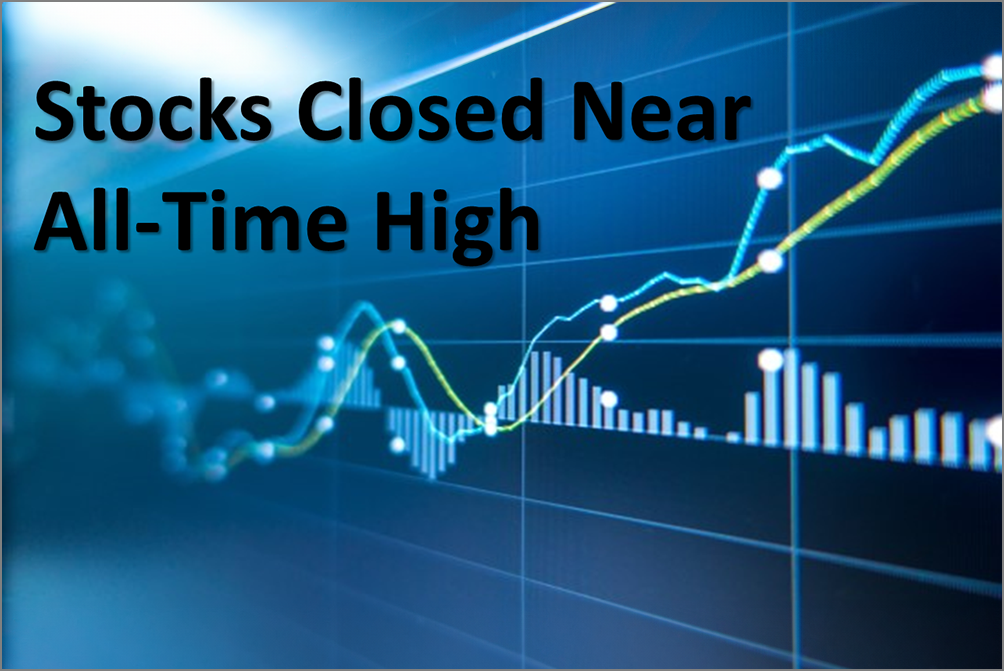 A Strategic Update, With Stocks Near All-Time High And Crises Unfolding
A Strategic Update, With Stocks Near All-Time High And Crises Unfolding











